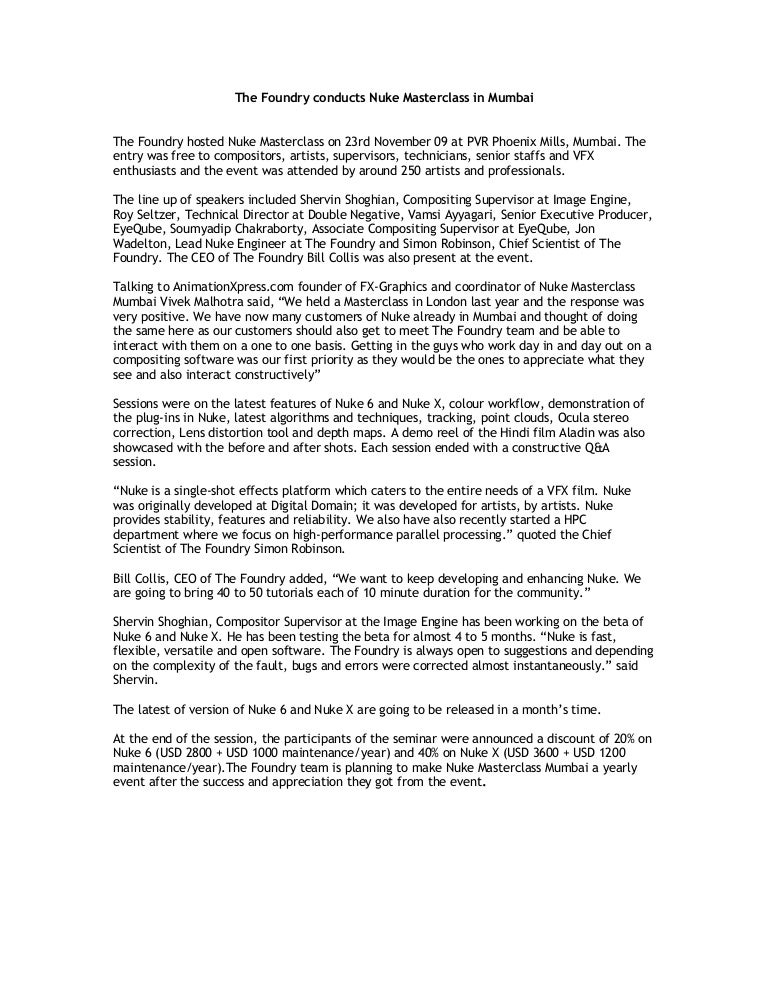
Tissue weighting factors (Table 4) represent relative sensitivity of organs for developing cancer. Effective dose is measured in sieverts (Sv). The effective dose is the sum of weighted equivalent doses in all the organs and tissues of the body.Įffective dose = sum of. What is the relationship between SI units and non-SI units? The old unit of "dose equivalent" or "dose" was rem.ĭose in Sv = Absorbed Dose in Gy x radiation weighting factor (W R)ġ rem = 10 mSv (millisievert = one thousandth of a sievert)ġ Gy air dose equivalent to 0.7 Sv tissue dose (UNSEAR 1988 Report p.57)ġ R (roentgen) exposure is approximately equivalent to 10 mSv tissue dose Source: The Canadian Radiation Protection Regulations, Schedule 2 (SOR/2000-203).Įquivalent dose is often referred to simply as "dose" in every day use of radiation terminology. 2 Radiation weighting factors for these neutrons may also be obtained by referring to the continuous curve shown in Figure 1 on page 7 of the 1990 Recommendations of the International Commission on Radiological Protection, ICRP Publication 60, published in 1991. Protons, other than recoil protons, of energy > 2 MeVĪlpha particles, fission fragments and heavy nucleiġ Excluding Auger electrons emitted from nuclei bound to DNA. Before1990, this weighting factor was referred to as Quality Factor (QF). The dose in Sv is equal to the total external and internal "absorbed doses" multiplied by a "radiation weighting factor" (W R - see Table 2 below) and is important when measuring occupational exposures. To account for the way in which different types of radiation cause harm in tissue or an organ, radiation dose is expressed as equivalent dose in units of sievert (Sv). Alpha particles produce greater harm than do beta particles, gamma rays and X-rays for a given absorbed dose, so 1 Gy of alpha radiation is more harmful than 1 Gy of beta radiation. One gray is equivalent to 100 rads.Įqual doses of all types of ionizing radiation are not equally harmful to human tissue. Rad is the old and still used unit of absorbed dose. One gray dose is equivalent to one joule radiation energy absorbed per kilogram of organ or tissue weight. The absorbed dose is the amount of energy absorbed per unit weight of the organ or tissue and is expressed in units of gray (Gy). When ionizing radiation interacts with the human body, it gives its energy to the body tissues. What properties are considered when ionizing radiation is measured? The three kinds of radiation generated by radioactive materials or sources are alpha particles, beta particles and gamma-rays. Minerals such as uranium and thorium are radioactive and give off radiation when the nucleus breaks down or disintegrates.


Artificial sources of radiation include X-ray machines, radioactive isotopes used in nuclear medicine, gamma cameras, nuclear gauges and nuclear power plants. There are natural and artificial sources of ionizing radiation.


 0 kommentar(er)
0 kommentar(er)
